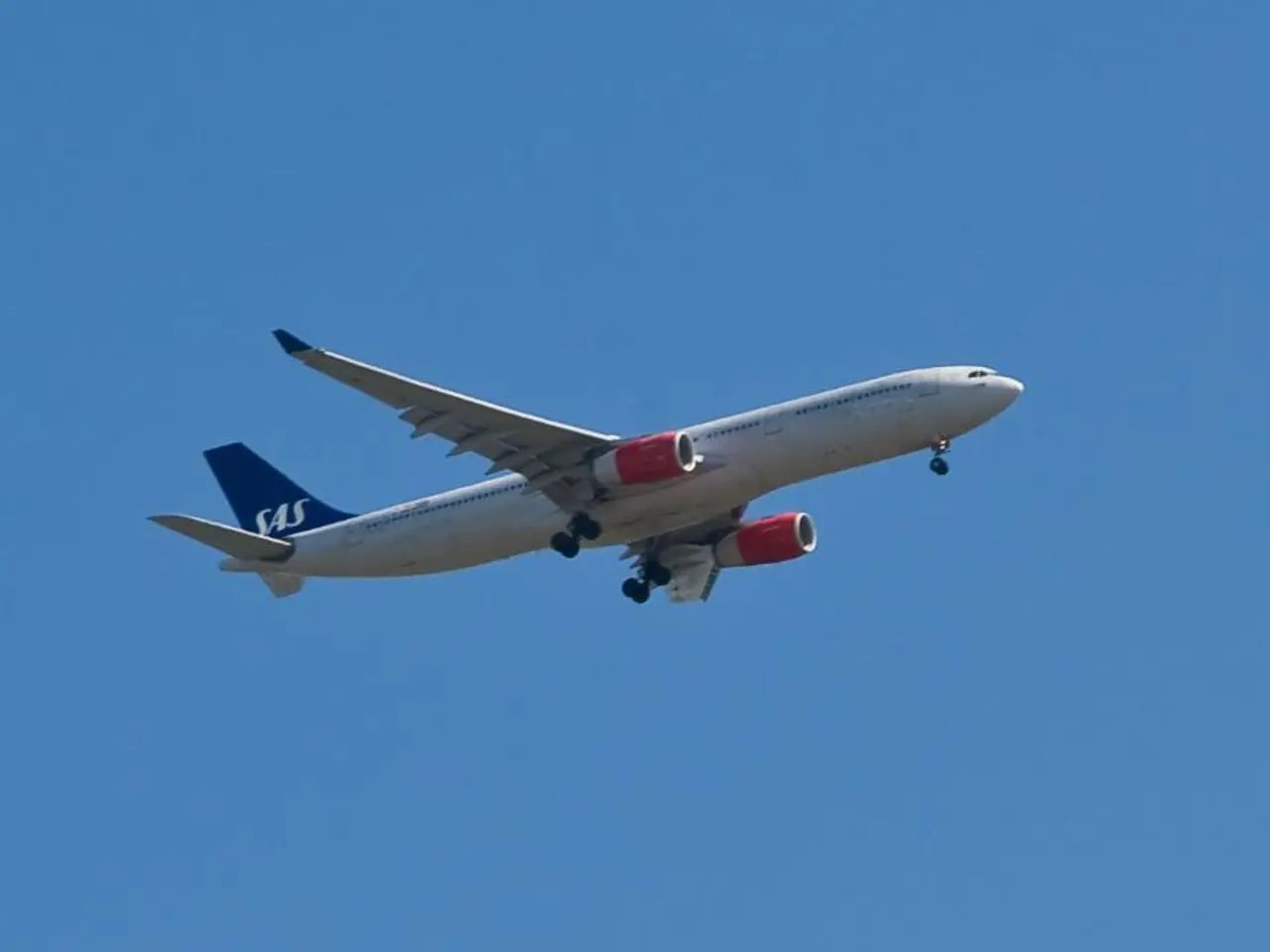Countering Unmanned Aerial Vehicles: The Essential Infrastructure for Defense Against Drones
The Department of Defense (DoD) is stepping up its counter-unmanned aircraft system (C-UAS) strategy, with Major Anthony Padalino, the executive officer to the US Army chief technology officer, playing a key role in driving operational integration of sensors, effectors, and command-and-control (C2) systems.
The increasing drone threat has outpaced current capabilities, and victory in the C-UAS fight will go to the side that builds faster, more integrated networks. A common C2 system for all services is needed to tie in all sensors and effectors on a single network across services.
A recent incident involving an infantry squad demonstrates the power of sensor fusion and network architecture. The squad detected a hostile drone 1.7km away at 045° using a combination of acoustic sensors and small panel radars. The detections were fused into a single track on the squad's team awareness kit devices, providing them with fast, efficient, shared awareness and a common operational picture.
Sensor fusion requires three things: temporal alignment, spatial alignment, and deconfliction algorithms. A pub/sub (publish/subscribe) engine at the edge and at echelon is essential to stitch together the diverse sensors and effectors, enabling real-time data sharing and track fusion.
Establishing robust transport to connect diverse sensors and effectors into a unified network is a foundational challenge for sensor fusion and cooperative engagement. Sensor data must move over existing paths to populate C2 nodes with drone tracks, with bandwidth being a precious and often limited resource at the tactical level.
Emphasizing remote fire control and engagement enables faster targeting decisions, expands coverage, and allows for continued operation even if some sensors or nodes are lost. In the incident mentioned earlier, the friendly drone destroyed the hostile drone within seconds, following directions from the battalion headquarters.
The importance of universal track management is highlighted, ensuring a single track ID persists across different sensors, C2 nodes, and operational levels. Prioritizing remote sensor tasking allows sensors and effectors to be controlled as needed across the network, improving track quality and enabling remote fire control.
The US Army, as the DoD executive agent for C-UAS, should immediately prescribe the C-UAS C2 system to be used across the department. Understanding sensor fusion and network architecture is crucial to solving the C-UAS problem. The department must define and own open-source APIs for integration of C-UAS, connecting all sensors, effectors, and C2.
Drones proliferating across every theater will define the difference between successful operations and losses of combat power. Sensor fusion significantly enhances the DoD's C-UAS efforts by integrating data from diverse sensors—such as radar, radio frequency (RF), electro-optical/infrared (EO/IR), acoustic, and remote identification sources—into a coherent, real-time operational picture. This integration enables accurate detection, classification, tracking, and threat assessment of drones while reducing false positives and preventing cognitive overload of operators.
- To effectively combat the evolving drone threat, the Department of Defense (DoD) needs a unified network that can integrate various sensors and effectors under a common Command-and-Control (C2) system, as this will enable faster, more efficient data sharing and track fusion.
- Cyberspace is another critical front in the C-UAS fight, and the DoD must prioritize defining and owning open-source Application Programming Interfaces (APIs) for the integration of C-UAS, ensuring seamless communication and cooperation between different sensors, effectors, and C2 systems.
- As the DoD executive agent for C-UAS, the US Army should promptly prescribe a standardized C-UAS C2 system to ensure uniformity across the department, taking advantage of the power of sensor fusion and network architecture to enhance defense capabilities in drone reconnaissance, remote fire control, and engagement.








